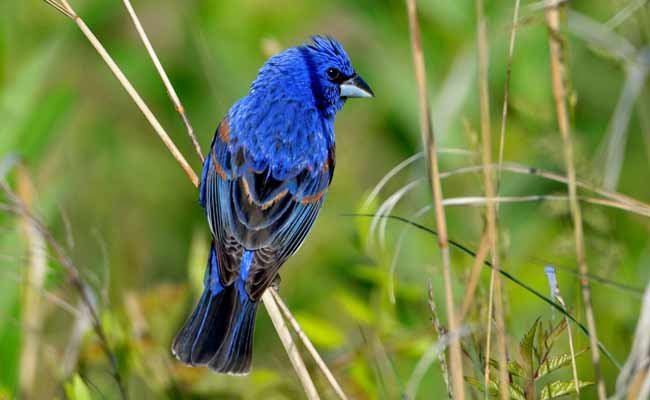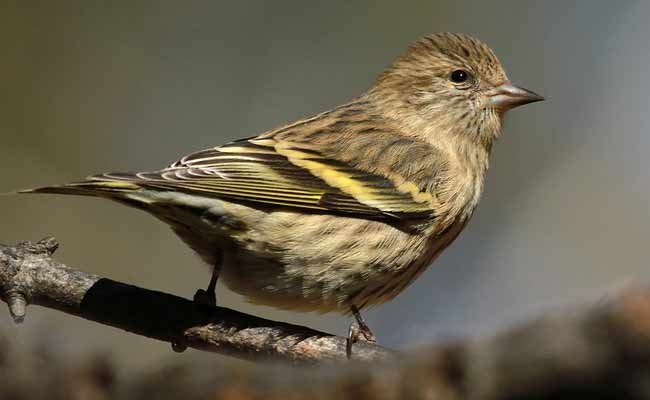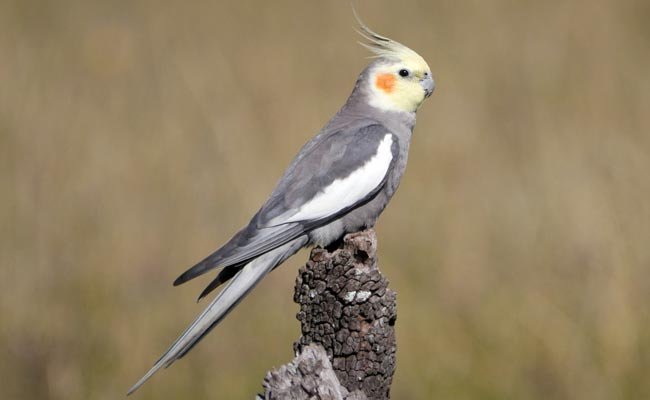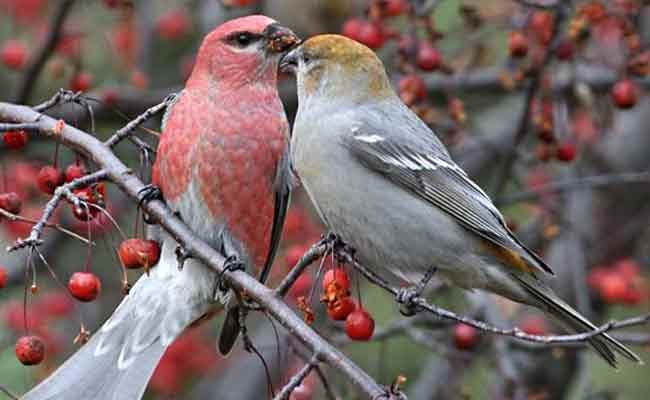
Pine Grosbeak Song, Diet, Nesting, And Personality
February 12, 2021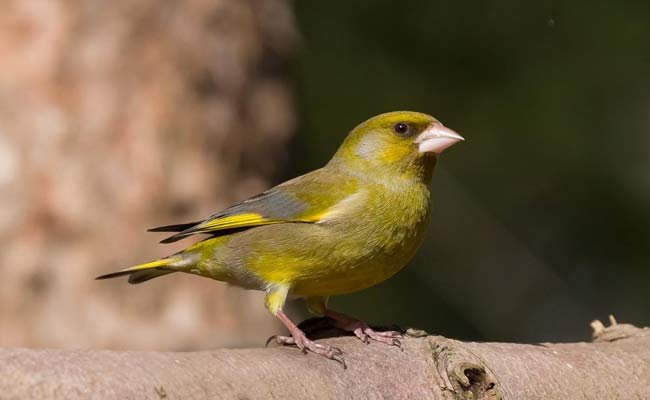
European Greenfinch Song, Care, Habitat, And Personality
February 14, 2021European Goldfinch Song, Care, Habitat, And Personality. Hey friends, how are you all? Today I will share details about European Goldfinch Care, calls, Songs, Habitat, And Personality. So without wasting time, let’s get started with today’s topic.
European Goldfinch Song, Care, Habitat, And Personality.
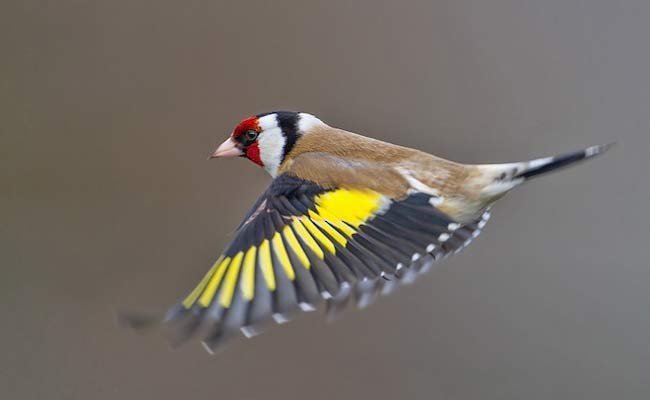
General Knowledge.
Scientific name: Carduelis carduelis
Family: Fringillidae
Mass: 16 grams
Size: 12.7 To 15.5 cm
Lifespan: 8 To 12 years
Habitat.
Goldfinch is a small and beautiful bird in the finch family native to North Africa, Europe, and western Asia. European Goldfinch habitat to heaths, streams, riverine, partially wooded lowlands, forest edges, thickets, and marshy areas with bushes and trees, scrub, orchards, gardens, parks grasslands with scattered trees. These birds migrate from colder regions to the milder west of their range. They also make local movements to escape bad weather, even in the west.
Colors.
When we talk about European Goldfinch colors and markings, This bird is not like pine grosbeak because Males and females are very similar in colors. They have a black and white head with a red face, warm brown upperparts, white underparts with breast patches and buff flanks, and black and yellow wings. But all of these similarities Males can be distinguished by a darker and larger red mask that extends just behind the eye. Males’ shoulder feathers are black. On the other hand, females have brown feathers. Another difference is that in the female’s, the red face does not extend past the eye. Their bill is long ivory-colored and pointed, and the tail is forked. But their bill color is changed if Goldfinches are in breeding condition. Adults’ color also becomes dull in the breeding season until the newly grown feathers’ tips wear away.
Behavior.
European goldfinch bird is a social bird, especially in the winter season. In winter, they gathered in the flock’s form. Each community consists of up to 40 members, sometimes even more. They cover a significant distance every day in search of food. Their feeding behavior is that They hover from one plant to another. In the evening, these birds roost in groups on thick bushes and tree branches.
Nesting.
European goldfinch breeding season starts in spring, and the courtship begins in march. The female Goldfinch makes its nest and completes it in a week. Their nest is located several meters above the ground, hidden by leaves.
European goldfinch Nest looks like a deep cup that is made of grass, mosses, and lichens. The cup shape nest helps to prevent the loss of eggs in gusty weather.
Eggs.
After the completion of the nest, the female bird lays 4 to 6 eggs. European goldfinch eggs are whitish with reddish-brown speckles. The eggs are incubated for 11 To 13 days only by the female. The male does not set on the eggs, but during the incubation, period the male feeds the female. Goldfinch chicks are born blind and naked, and helpless. Both parents fed the newborns.
Initially, newborns receive a mixture of insects and seeds. For the first 8 to 9 days, the youngs are brood by the female bird. The nestlings’ fledged period is 13 to 18 days after hatching, but both parents continue to feed their babies for an additional 7 to 9 days.
Clutch size: 4 To 6
Incubation period: 11 To 13
Nestling period: 20 to 25
Eggs color: Whitish with the reddish-brown speckles
European Goldfinch Care, Health Issues With Signs.
Although goldfinches are easy to care for, Goldfinch requires special attention from you, especially in the breeding season. This bird is not an ideal companion bird. Goldfinch is susceptible to scaly leg mites. This disease’s signs are fluffed or soiled feathers, swollen red eyes, beak swelling, nasal and eye discharge, and plucked. If you find any of these signs in your pet bird, then you must visit the veterinary as soon as possible. Here are the few signs you must have to check in your birds, time to time.
Signs of a Healthy Pet Bird:
- Sociable, active, and alert
- Beak, legs, and feet appear normal
- Clean, dry vent
- Well-groomed and Smooth feathers
- Eats and drinks well the whole day
- Dry nostrils and bright, dry eyes
Illness signs:
- Beak swelling or accumulations
- Fluffed, plucked, or soiled feathers, especially around the vent
- Constantly sitting on the floor of the cage
- Wheezing or coughing
- Runny or discolored stools
- Favoring one foot when not asleep, usually birds sleep on one foot
- nasal discharge
- Eye discharge
- Red or swollen eyes
- Loss of appetite
Diet.
In the wild European goldfinch diet is seeds, vegetation, and sometimes insects. If you are a pet holder of this bird, you have to be careful providing a variety of foods. Because these birds will not survive if you fed them traditional pet pellet foods or seed mixes. Because of their special diet, it is essential to include a variety of fresh fruits and vegetables. You can provide them different fruits and vegetables like apples, grapes, bananas, and melons. In vegetables, cress, kale, collard greens, grass seedlings, cucumber, chickweed, dandelion greens, romaine lettuce, spinach, and broccoli are good nutritious foods. Accept these foods you can also offer your bird insects or hard-boiled eggs. Here is one more tip if you will change your bird food and then do it slowly. A change of food may upset your bird’s digestive system of your bird; there is a good possibility they will refuse to eat the new food. Must clean your birdcage, dishes and provide them freshwater daily basis.
Song.
The European goldfinch song is a pleasant silvery twittering. Their call is a melodic tickeLIT. The song is a delightful tinkling medley of twitters and trills, but they always include the tri-syllabic call phrase or a teLLIT-teLLIT-teLLIT.
Final Words.
So, friends, we hope that you will enjoy our article European Goldfinch Song, Care, Habitat, And Personality. Please give us your feedback in the comments.

